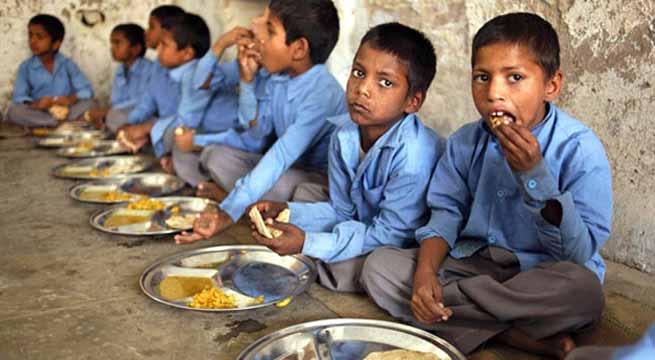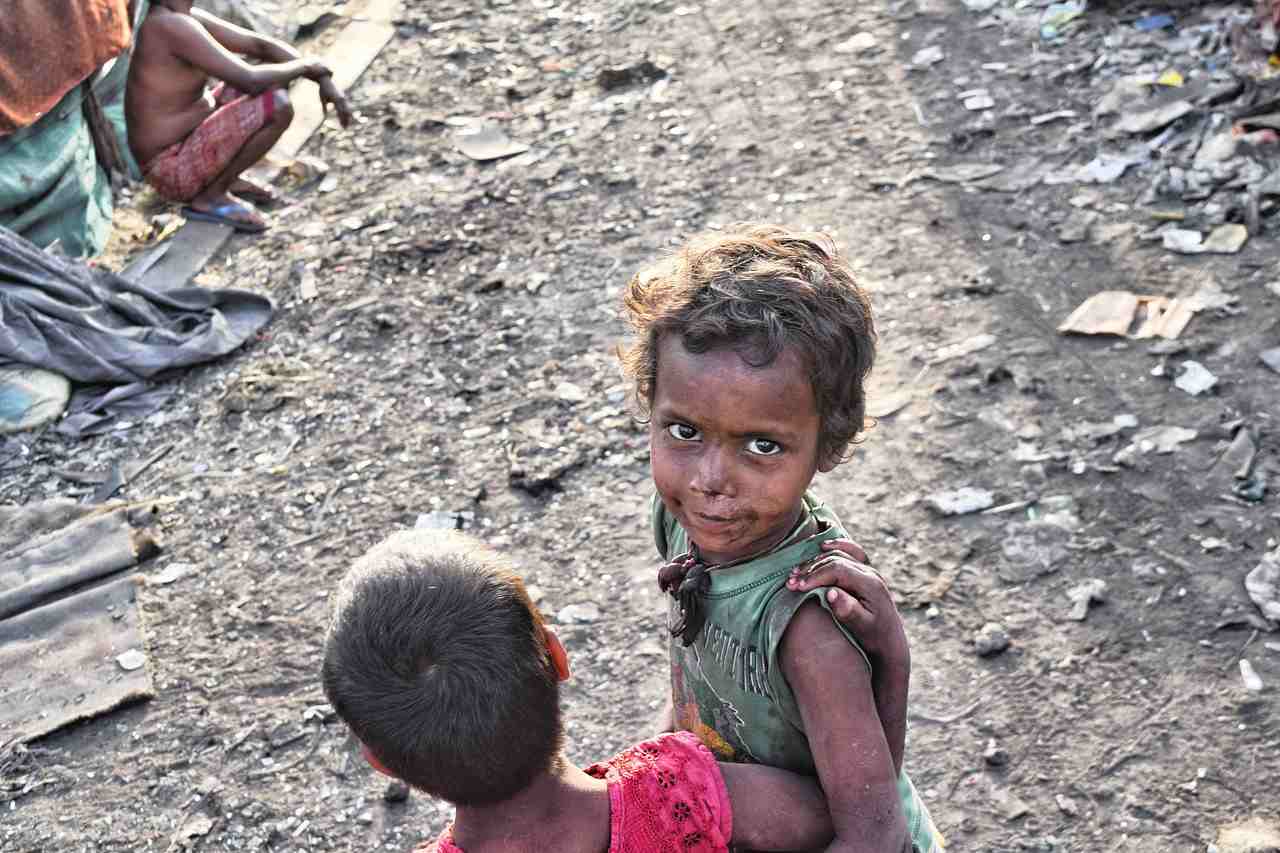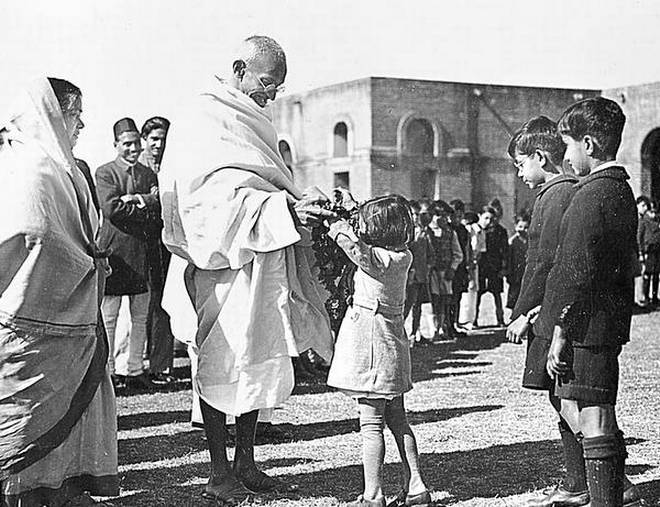Eggs are known to be a cheap and nutritious source of proteins and are considered an important part of a healthy, sustainable and stable diet especially in the growing years. A new survey conducted by the Ministry of Health has found out that there is a distressingly high level of malnutrition among Indian children and adolescents.
It is saddening to see that according to the findings of the survey only 6.4% of the children surveyed under the age of 2 had received a minimum acceptable diet.
One among every five children between the ages of 5-9 was stunted. Being stunted means that their growth was at a much slower pace compared to what their age demanded.
One in every four adolescents between the ages of 10-19 was thin for their age, with a terribly low Body Mass Index(BMI).
This survey was conducted between 2016-18, the Comprehensive Nation Nutritional Survey collected data on the nutritional status of a sample of children which was representative of the population between 0-19 years from 29 states and Delhi, the sample included 1.2 lakh children.
The survey also found out what children and adolescents within this age bracket were consuming as part of their diets.
If one were to look at the data collected, it would not be very difficult to conclude that the children who had access to non-vegetarian diets had better nutritional outcomes. More significantly, there seemed to be strong corruption between the consumption of eggs and better nutritional status across most of the states, this would hold true especially in the case of younger children.

The debate whether eggs should be served as part of the Mid-day Meal Scheme in government schools across India has been a long drawn one and we seem to be debating upon it endlessly.
However if one were to simply contemplate upon the poor nutritional standards among Indian children, it would suffice that the consumption of eggs is an important precautionary step that the government can take to overcome the challenge of growing malnutrition and rampant stunted growth in children. The debate over whether eggs should be served as part of the Mid-day Meal in schools and anganwadis has often also invoked religious sentiments ad critics have gone on to even say that serving eggs would make children ritually “impure” or even turn them into “cannibals”.
Contrary to these arguments, scientific studies on nutrition and health among children suggest that children who consume eggs are healthier and less vulnerable to malnutrition and other related problems. There is ample evidence to show that consumption of eggs has a positive consequence for the health of children and that it reduces the chances of stunting.
The survey measured nutritional status among children in various ways, the parameter of stunting was used to measure undernutrition among children. It is because stunting or having a lower height for one’s age is a measure of chronic nutritional deficiency. While it may be possible for a child to overcome the effects of stunting and to become healthy once again but being able to do so is an extremely big challenge and cannot be achieved without extensive efforts.
If not ,the child will be weak and fragile throughout their lives and will be vulnerable to diseases from early adulthood onwards.
It is even said that stunting may often be irreversible after a certain age.
As far s adolescents are concerned, the Body Mass Index(BMI) for age was used as a parameter to measure undernutrition.
As children grow up and their height becomes stable, the BMI is an accurate measurement of undernutrition, since it takes into account body weight as well as height.
The diets of children between the age bracket of 0-4 years was also studied in the survey and different parameters were evolved to do so. For children under two years of age, the parameter measured was “minimum acceptable diet”. This is a standard made by the WHO and comprised of two aspects-
- DIETRY DIVERSITY: This indicates whether the child ate the foods from four or seven food groups in the past day.
- MEAL FREQUENCY: This is an indication of how often the child was fed in a day.
The research showed that food diversity was much limited among children whose mothers were vegetarians.
The figures were 20.8% and 22.9% for children whose mothers were vegetarians but who ate eggs, and for those whose mothers were non-vegetarians respectively.
The states that ranked the best among all others in terms of providing the “minimum adequate diet” to children below the age of two years were Jammu and Kashmir(71%), and Sikkim(36%), while the worst performing states were Maharashtra(2.2%) and Mizoram(2.8%).

The research measured the dietary diversity by asking children whether they had consumed different kins of food in the past week. A nutritionally adequate diet needs the consumption from different kinds of food groups.
The states which have performed better on the nutritional outcomes had a higher consumption of eggs, meat and fish. There is clearly an inverse relationship between the consumption of eggs and meat and the prevalence of stunting.
42% children below the age of 4 years are stunted in Bihar. Only 6.1% under the age of two years in the state had received a minimum adequate diet. While 54% of children in the age bracket of 2-4 consumed dairy products and 63% consume vegetables, only 4.6% consume eggs and 11.6% consume meat. The consumption of eggs as part of a regular diet is the lowest in Haryana(2.8%). The state records suggest that 35% children are stunted under the age of 4 years.
Thus records from most states show that there is a direct correlation between the consumption of eggs and lower stunting. However, there are many other factors that determine stunting such as area of residence, sanitation practices, mother’s education and family wealth.
The Comprehensive National Nutrition Survey report notes, “Malnutrition has been identified as one of the principal causes limiting India’s global economic potential”. India is ranked 102 among 117 countries in the Global Hunger Index in 2019.
Thus it would not be wrong to say that the eradicating malnutrition is an important challenge before India.
The government is attempting to tackle it through efforts at multiple fronts such as the POSHAN Abhiyan which tries to improve nutrition parameters and the National Health Mission which works on improving maternal and child health across Indian states.
But given the slow pace of change, it seems impossible to achieve the Sustainable Development Goal of achieving Zero Hunger by 2030.The introduction, consumption and acceptability of a diet comprising egg may be one of the most feasible and easily accessible solutions to taking the problem of children malnutrition in India.But can we move beyond the politics over the egg and incorporate it in the diets of our children?














